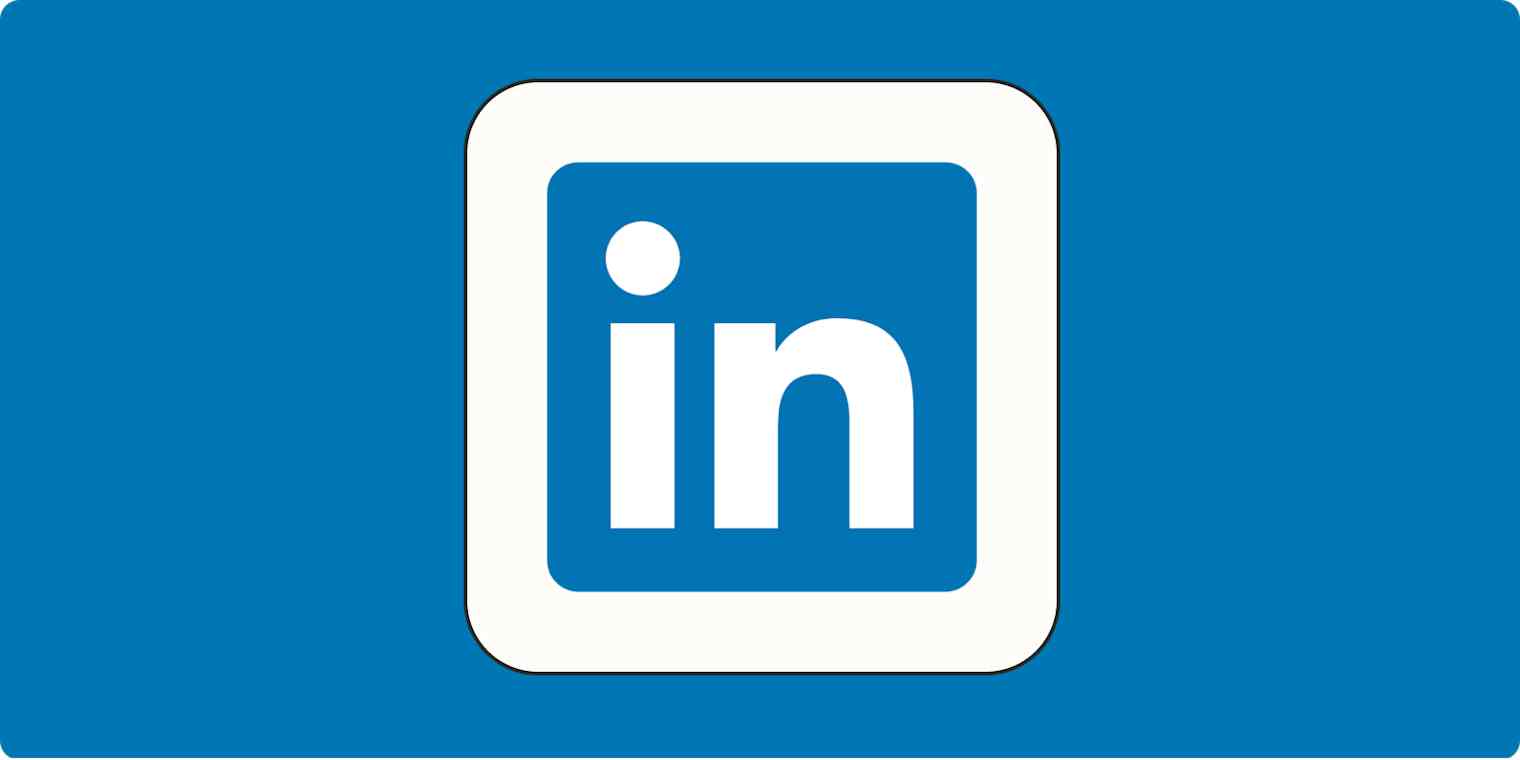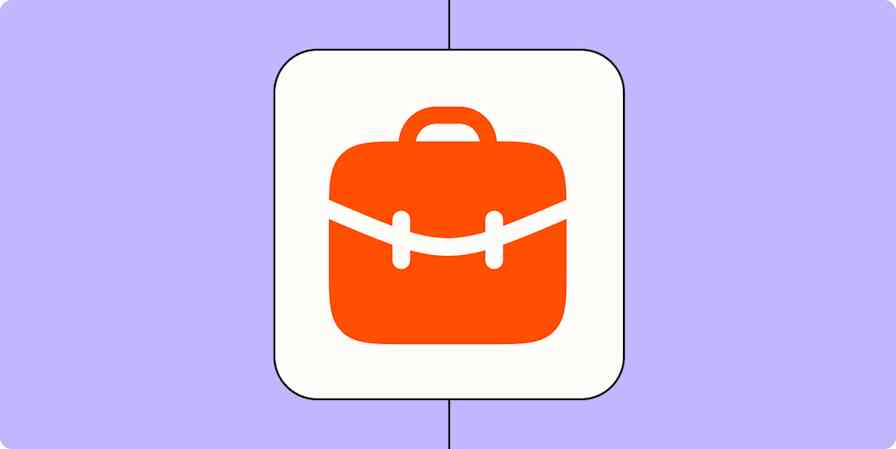Productivity tips
11 min readI did a LinkedIn 30-day challenge—here's what I learned
By Kiran Shahid · December 4, 2024

Get productivity tips delivered straight to your inbox
We’ll email you 1-3 times per week—and never share your information.
mentioned apps
Related articles
Improve your productivity automatically. Use Zapier to get your apps working together.







